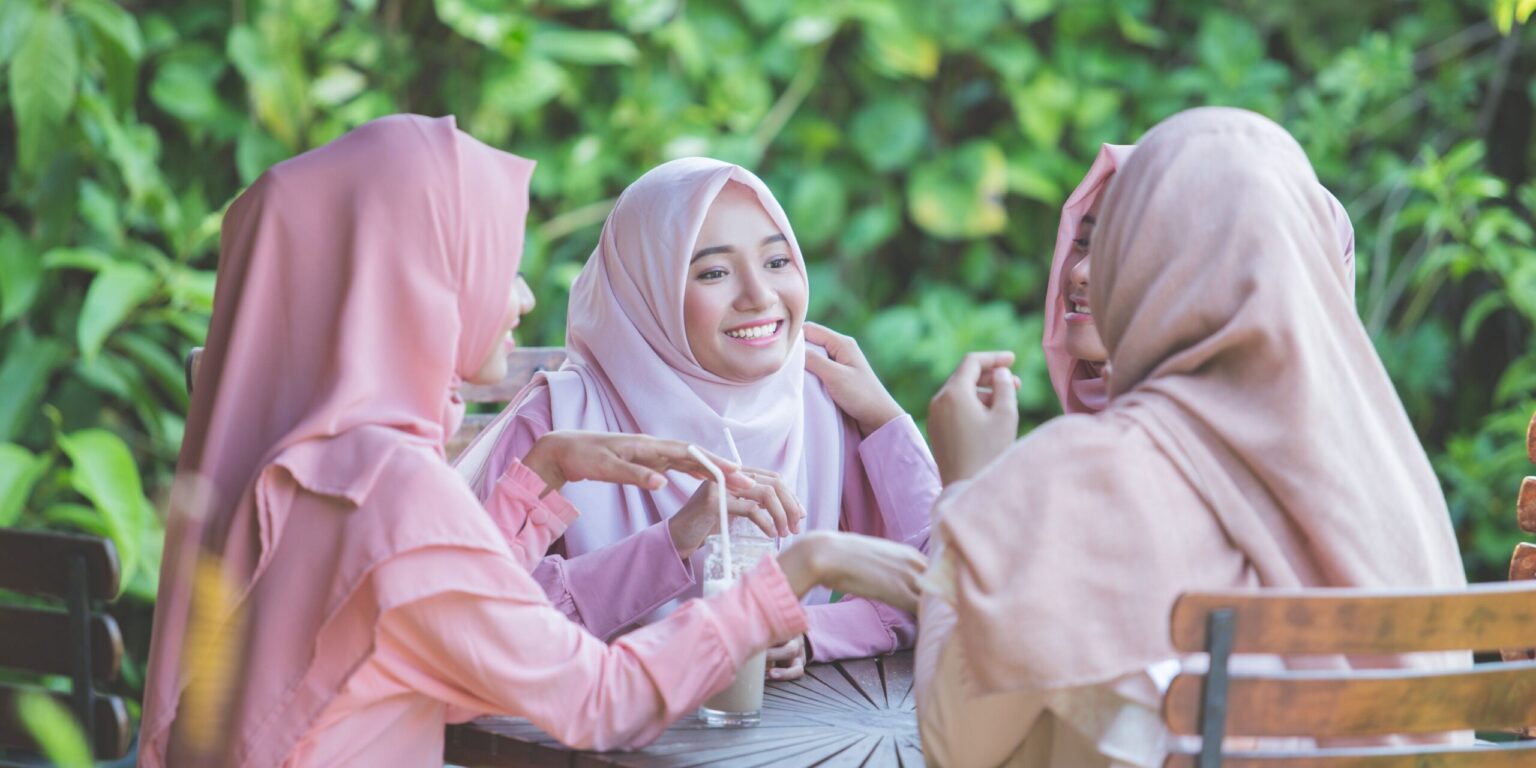By Mariah Benson, Senior Correspondent
Eid al-Adha, one of the most significant and revered festivals in the Islamic calendar, is celebrated with great devotion, joy, and cultural traditions. In 2025, this auspicious occasion will be observed by Muslims across the world, including in the United States, from the evening of Friday, June 6, through to the evening of Saturday, June 7. The festival, also known as the Feast of Sacrifice, carries profound significance, rooted in the legacy of Prophet Ibrahim’s unwavering obedience to God.
A Celebration Rooted in Faith
Eid al-Adha commemorates the moment when Prophet Ibrahim was willing to sacrifice his son, Isma’il, in obedience to God’s command. The story reflects the importance of faith, trust, and obedience to God. Muslims around the world honor this moment through prayer, sacrifice, charity, and communal gatherings.
For Muslims in the U.S., the festivities begin on the evening of June 6, as the moon sighting determines the official start of the celebration. This method, which has been a time-honored tradition for centuries, marks the beginning of Eid in each locality. Communities across the nation come together for special prayers at mosques, followed by a day of feasts, family gatherings, and charitable acts.
The Rituals of Eid al-Adha: Tradition and Charity
The rituals associated with Eid al-Adha are deeply symbolic. The central act of the celebration involves the ritual sacrifice of an animal, typically a goat, sheep, cow, or camel, depending on local customs and family traditions. This act is a symbol of Prophet Ibrahim’s willingness to sacrifice and serves to provide for the less fortunate. A portion of the meat is distributed to those in need, emphasizing the festival’s focus on charity and giving.
Another essential aspect of Eid al-Adha is the special prayers performed at mosques. Muslims gather in large groups to offer prayers, marking the significance of the occasion. The prayers are often followed by a sermon, where the Imam (spiritual leader) reflects on the significance of sacrifice, faith, and charity in the life of a believer.
Key Rituals of Eid al-Adha:
-
Eid Prayers: Performed in large congregations at mosques or open fields, the prayers are a central part of the day’s observances.
-
Animal Sacrifice: Symbolizing the sacrifice of Prophet Ibrahim, the slaughter of an animal is a ritual that reflects faith and devotion.
-
Charitable Giving: A key element of the holiday, a portion of the sacrificed animal’s meat is given to the poor and needy, reinforcing the theme of charity.
-
Family Gatherings: Eid al-Adha is a time for families to come together, sharing festive meals and strengthening bonds.
Celebrating in Style: Fashion and Henna
Eid al-Adha is also a celebration of culture and style, with many Muslims dressing in their finest clothing for the occasion. It’s a time when families and individuals alike choose to wear new outfits or traditional attire, often in vibrant colors and intricate patterns. For many, the celebration also includes applying henna, particularly for women, as a symbol of beauty, joy, and festivity. The tradition of wearing special attire and applying henna adds to the joyous and festive atmosphere of Eid, making it a day to remember.
Fashion Trends for Eid al-Adha 2025:
-
Traditional Attire: Many Muslims opt for traditional garments, such as the kurta, abaya, or salwar kameez, often adorned with intricate embroidery.
-
Modern Styles: In recent years, there has been a rise in contemporary, fashionable outfits, blending traditional styles with modern trends.
-
Accessories: Accessories like scarves, jewelry, and headpieces are common, adding to the overall festive look.
-
Henna Designs: Women, particularly, enjoy applying henna to their hands and feet, with designs ranging from simple patterns to intricate artwork.
A Day of Feasts and Gatherings
One of the highlights of Eid al-Adha is the abundance of food. Families prepare elaborate meals, often featuring dishes passed down through generations. These meals are enjoyed in the company of family and friends, with a strong emphasis on sharing and hospitality. Common dishes include lamb or goat, pilaf rice, and an array of salads, desserts, and pastries. It is not just a time for feasting but also for connecting with loved ones and strengthening community ties.
Popular Dishes for Eid al-Adha:
-
Lamb or Goat: Often the centerpiece of the meal, roasted or grilled lamb or goat is a traditional dish served on Eid.
-
Pilaf Rice: A flavorful rice dish, often prepared with spices and accompanied by meat.
-
Sweets and Desserts: Saffron cakes, baklava, and other sweet treats are common during Eid celebrations.
-
Traditional Drinks: Drinks like rosewater lemonade, yogurt-based drinks, or fresh juices are often served to complement the meal.
A Festival of Unity and Giving
Above all, Eid al-Adha is a festival that emphasizes unity, charity, and gratitude. It is a time for Muslims to come together in worship, to give to those in need, and to appreciate the blessings they have. In the United States, this sense of unity is particularly important as Muslims from diverse backgrounds celebrate their shared faith and traditions, building a sense of community and belonging.
For many, Eid al-Adha represents a time for spiritual reflection, family bonding, and community outreach. It is a day when Muslims reflect on their personal faith, express gratitude for the blessings in their lives, and renew their commitment to helping others.
Conclusion: The Spirit of Eid al-Adha
As Muslims around the world prepare for Eid al-Adha in 2025, the festival promises to be a time of reflection, faith, and joyous celebration. From the sacred rituals of prayer and sacrifice to the festive meals and cultural traditions, Eid al-Adha embodies the values of devotion, compassion, and community. Whether through charitable acts, the gathering of families, or the sharing of meals, this beloved holiday reinforces the timeless teachings of unity and sacrifice.
As Eid al-Adha 2025 approaches, Muslims across the U.S. will come together to celebrate with style, tradition, and a deep sense of gratitude, marking a meaningful and special occasion for all.
